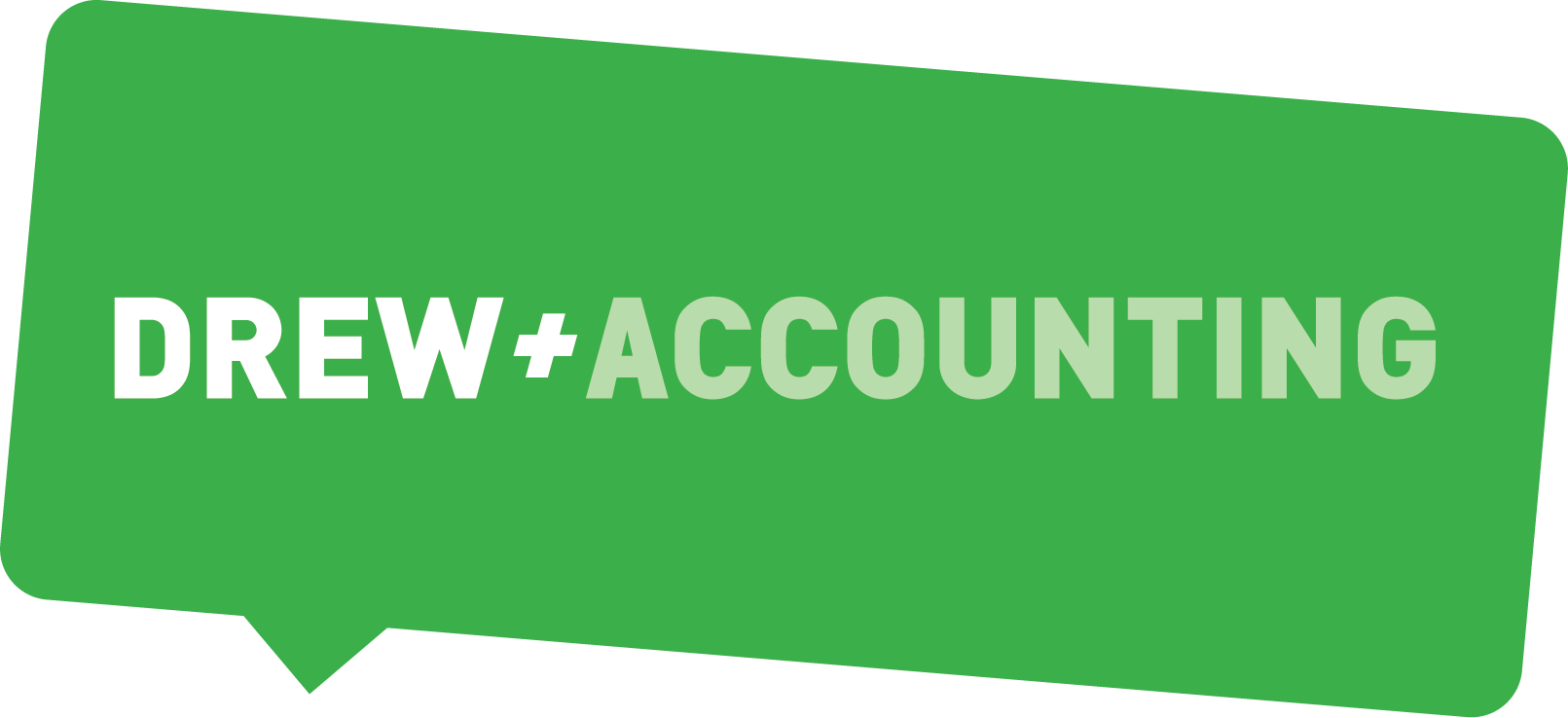Getting Meaningful Customer Feedback
How you can get meaningful client feedback (that doesn’t cost the earth).
Whether you intuitively know the importance of client feedback or COVID-19 has brought it front of mind, now is a pivotal time to find out what people think of your products and services and ensure you’re making meaningful, sustainable progress.
Your clients or customers experience your business in a way you never can. They’re an incredible source of knowledge and insight. Push away any fears you have of gaining genuine feedback and use this step-by-step customer feedback guide to propel your business forward.
Your step-by-step guide to meaningful customer feedback:
1. Make a list of seven key clients or customers to call for feedback.
Decide who is going to make the calls or split them between two staff members. Email in advance explaining how committed you are to improving your customer service and experience, that you value their constructive feedback, and would like to interview them via phone or Zoom. Each call should take 10-15 minutes and be focused on their experience with your business.
2. Prepare questions.
Don’t be afraid to have deep discussions with your clients - ask open-ended questions such as: “What do we do well? What do you like about working with us/using our service or product?” and “How do you think we could improve?” Take notes during the call or do a Zoom and record it.
3. Be open with your interviewees.
Reiterate that you’re having the conversation because you want to learn. Tell them that anything they can offer will help your business so there’s no need to spare your feelings! Remember, any improvements you make to your business based on their feedback is a win for them too.
4. Find the themes.
Once you have all the feedback in front of you, segment it by theme ie: customer service, processes, or marketing.
5. Engage your team.
Now it’s time to let your management team walk in your clients’ shoes. Schedule a meeting to discuss the feedback themes. Don’t make any decisions at this point, just let everyone digest and discuss.
6. Wait.
It’s easy to jump into action but everyone needs time to sit with the feedback. Organise a meeting a week later to look more closely to identify worthwhile changes, then make an action plan.
7. Embrace the gift of knowledge.
Most of the feedback will be positive and open you up to learning, growing, and tweaking your business for the better. It can be hard to hear constructive criticism but once you reflect on it, you’ll realise how powerful it is for change.
Good communication = repeat customers = more profit
Did you know customer retention is faster and, on average, costs up to seven times less than customer acquisition? If you’re looking to improve your bottom line by turning your current customers into lifetime customers, here’s the best way to communicate with them.
Communicate kindly
Customer service is key, whether it’s in-person, on the phone, or via email, it’s what everyone remembers. Mistakes and delays are inevitable in business, but people are happier to ride those waves with you if you communicate in a kind and friendly manner. It’s not the mistakes that lose clients, it’s the lack of communication around it. If you’re not responsive, they think you don’t care. If they think you don’t care, they are more likely to look for a new company.
Communicate early
Put yourself in your client’s shoes - if something doesn’t turn up on time, you’re left wondering, right? Communicate early if there is going to be a delay or problem they need to be aware of. People are really understanding if you say something early, rather than leave it until later when it affects their day negatively. Plus, speaking up early about a problem or issue will build trust.
Communicate when necessary
You often hear ‘regular communication is best’, but what if you’ve got nothing to say? Concentrate on creating great e-newsletter content so they’re more likely to welcome the next one. Sending irrelevant, untimely, or lackluster messages won’t improve your relationship. Understand when people need your services and communicate to them then. Trying to pressure them through too many emails or calls won’t end well.
Communicate cleverly
If your potential client or customer has requested a quote, you know they’re going to read that email so throw in something small at the bottom of it that communicates your message. Or how about putting a joke or inspired one-liner underneath your email signature to brighten someone’s day?

